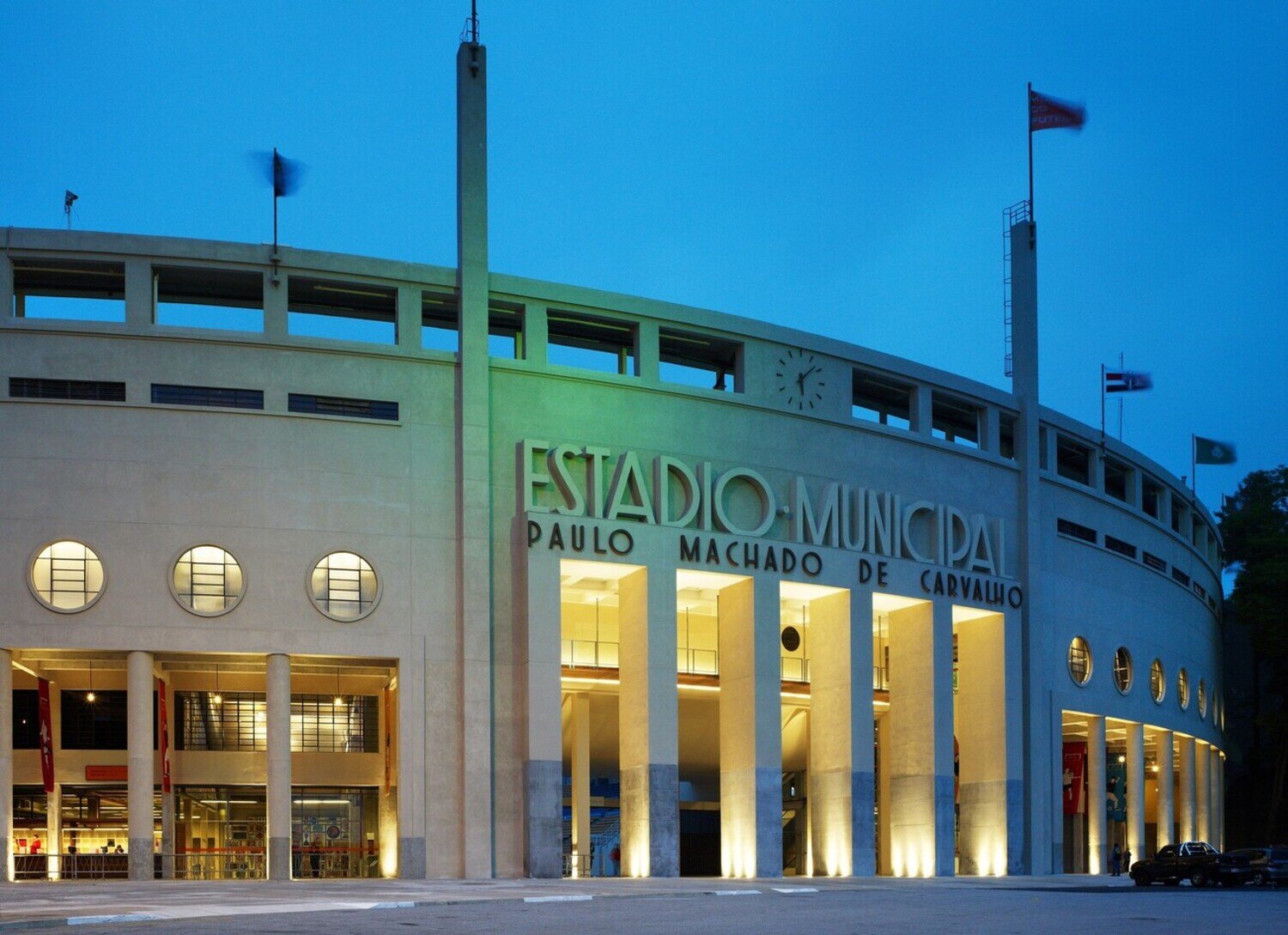
Estádio Municipal Paulo Machado de Carvalho, also known as Pacaembu Stadium, is a renowned landmark in the city of São Paulo, Brazil. This iconic stadium holds a special place in the hearts of both locals and sports enthusiasts from around the world. With its rich history and historical significance, Estádio Municipal Paulo Machado de Carvalho has become an emblematic symbol of Brazilian football culture.
In this article, we will delve into the intriguing facts surrounding this incredible stadium. From its remarkable architecture to the unforgettable moments that have taken place within its walls, Estádio Municipal Paulo Machado de Carvalho has left an indelible mark on the sporting world. So, fasten your seatbelts and get ready to uncover nine unbelievable facts about this legendary landmark.
Key Takeaways:
- The Pacaembu Stadium in São Paulo, Brazil, is the birthplace of Brazilian football and has hosted legendary World Cup matches, making it a symbol of unity and a cultural landmark.
- With its architectural marvel, renowned Museum of Football, and legendary player performances, the Pacaembu Stadium is a national treasure that continues to captivate football enthusiasts.
The Birthplace of Brazilian Football
The Estádio Municipal Paulo Machado de Carvalho holds immense historical significance as it was the birthplace of Brazilian football. In 1940, the stadium hosted the inaugural match of the Brazil national team, solidifying its place in football history.
An Architectural Marvel
The design of the Estádio Municipal Paulo Machado de Carvalho is a work of art. The stadium was designed by architect Saturnino de Brito and features a remarkable combination of art deco and neoclassical architectural styles. Its unique oval shape and stunning façade make it a true architectural marvel.
Home of Corinthians and Palmeiras
The Pacaembu Stadium has been the home ground for two of São Paulo’s most successful football clubs: Corinthians and Palmeiras. These rival teams have provided fans with countless exciting matches and intense rivalries within the walls of this historic stadium.
Memorable World Cup Matches
The Estádio Municipal Paulo Machado de Carvalho has hosted several matches in the FIFA World Cup. In 1950, it was the venue for key matches, including the iconic showdown between Brazil and Uruguay in the final round.
A Symbol of Unity
The Pacaembu Stadium has played an instrumental role in fostering a sense of unity among Brazilian football fans. The stadium has brought people from all walks of life together, creating a common ground for collective joy, celebration, and passion for the beautiful game.
Museum of Football
The stadium houses the renowned Museum of Football, which pays homage to Brazil’s footballing heritage. This museum displays an impressive collection of memorabilia, trophies, and interactive exhibits, allowing visitors to immerse themselves in the country’s football history.
Legendary Performances
The Estádio Municipal Paulo Machado de Carvalho has witnessed extraordinary performances by some of the greatest footballers in history. It has been a stage for legendary players such as Pelé, Zico, Ronaldo, and many others, who have graced the pitch with their exceptional skills and mesmerizing talent.
Capacity and Attendance Records
The stadium’s capacity has reached up to 40,199 spectators, and it has seen record-breaking attendance figures during high-profile matches and competitions. The electric atmosphere created by passionate fans makes every visit to the Pacaembu Stadium an unforgettable experience.
A Cultural Landmark
The Pacaembu Stadium is not just a sports venue; it is a cultural landmark that holds a special place in the hearts of Brazilians. Whether it’s the cheers echoing through the stands or the chants reverberating in unison, the stadium embodies the spirit and soul of Brazilian football.
The Estádio Municipal Paulo Machado de Carvalho, or the Pacaembu Stadium, is truly a national treasure. With its rich history, architectural beauty, and unforgettable moments, it continues to captivate football enthusiasts and stands as a testament to Brazil’s everlasting love for the beautiful game.
Conclusion
Estádio Municipal Paulo Machado de Carvalho, commonly known as Estádio do Pacaembu, is a fascinating landmark in São Paulo, Brazil. It has a rich history and is known for its iconic architecture, impressive capacity, and historical significance. Here are 9 unbelievable facts about Estádio Municipal Paulo Machado de Carvalho that make it a must-visit destination for sports enthusiasts and history buffs alike.
Whether you’re a fan of football, architecture, or history, Estádio Municipal Paulo Machado de Carvalho offers an incredible experience. From its grand construction to its monumental events, this stadium has a story to tell. So, next time you find yourself in São Paulo, don’t miss the opportunity to pay a visit to this remarkable landmark.
FAQs
1. When was Estádio Municipal Paulo Machado de Carvalho built?
Estádio Municipal Paulo Machado de Carvalho was built in 1940 and has since become an important symbol of sporting culture in Brazil.
2. What is the capacity of Estádio Municipal Paulo Machado de Carvalho?
The stadium has a capacity of approximately 45,000 spectators.
3. Which football teams have played at Estádio Municipal Paulo Machado de Carvalho?
Several football teams have used Estádio Municipal Paulo Machado de Carvalho as their home ground, including Palmeiras and Corinthians.
4. Has Estádio Municipal Paulo Machado de Carvalho hosted any significant events?
Yes, the stadium has hosted numerous significant events, including the opening match of the 1950 FIFA World Cup.
5. Is Estádio Municipal Paulo Machado de Carvalho open to the public?
Yes, the stadium is open to the public for tours and can be visited on non-match days.
Estádio Municipal Paulo Machado de Carvalho's incredible history fascinates football enthusiasts worldwide. Dive deeper into Brazil's passionate football culture by exploring Associação Chapecoense de Futebol's captivating story. Uncover São Paulo's vibrant essence through 32 intriguing facts that showcase this dynamic city's allure. For a glimpse into Europe's storied football heritage, embark on a journey through Stadion Letna's extraordinary past, a historic stadium that has witnessed unforgettable moments.
Was this page helpful?
Our commitment to delivering trustworthy and engaging content is at the heart of what we do. Each fact on our site is contributed by real users like you, bringing a wealth of diverse insights and information. To ensure the highest standards of accuracy and reliability, our dedicated editors meticulously review each submission. This process guarantees that the facts we share are not only fascinating but also credible. Trust in our commitment to quality and authenticity as you explore and learn with us.


